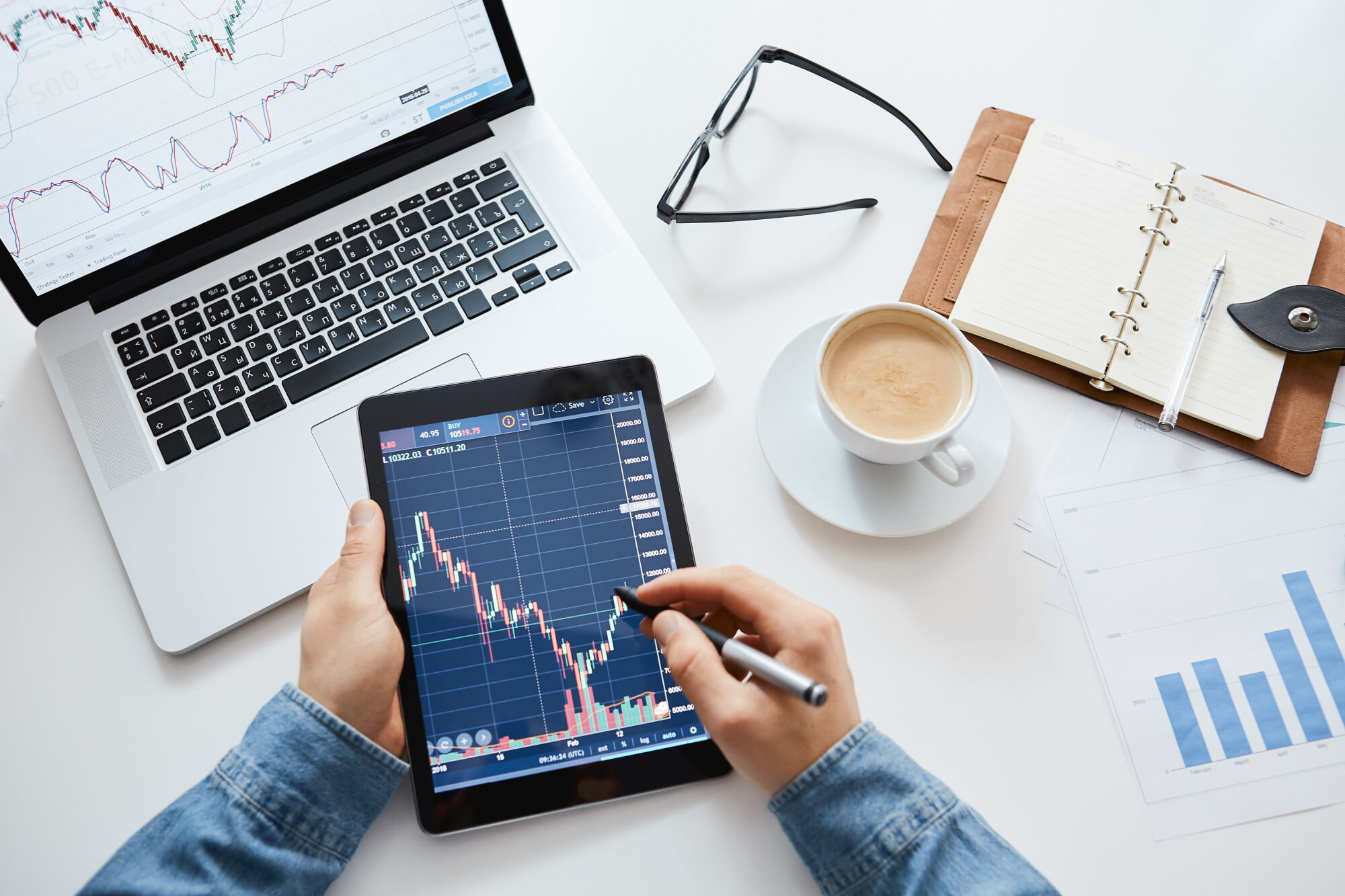Are you interested in learning how to day trade? Day trading is a high-intensity form of investment. When you day trade, your attention and efforts are narrowed in on the current market status.
It’s called day trading because these kinds of trades run 24/7. This can tie you to your screen for hours at a time. Thus, it’s not for the faint of heart.
If so, here’s your day trade strategy guide.
Understanding the Basics of Day Trading
Day trading is buying and selling stocks, options, or currencies on the same day. It’s an exciting way of trading but comes with high risk, and having a good understanding of the basics before getting started is essential.
Day trading involves researching the markets, identifying potential trading opportunities, analyzing the risk/reward of trades and setting entry and exit points.
Comparing Different Platforms and Tools
Day trading is an active form of good investment that requires an individual to quickly buy and sell stocks using online platforms. One should first assess their trading level to compare different platforms and tools.
Defining one’s trading style will narrow down their needs for a trading platform, such as whether the user wants to be integrated charting tools or advanced orders. Next, research the best day trading platform and tools available.
Devising Your Trading Strategy
Getting started with day trading and devising your trade strategy can be tricky. Once you have this figured out, begin researching the page about day trading signals.
Make sure you also look into any possible risks associated with each strategy. Also, develop a trading plan that outlines when you will trade, what instruments you want to trade when you exit trades and a trading strategy for handling losses.
Developing a Risk Assessment Model
This risk assessment model should consider the amount of earn money you are willing and able to risk, your investment objectives, and your level of knowledge in the field. When starting as a day trader, it is important to begin with small steps, such as trading a few shares at a time or investing in a low-cost index fund.
Start small and gradually build upon that base of experience and knowledge. Risk tolerance is key. As you become more comfortable with the financial markets, you can increase your investments.
Position Sizing for Profitability
Day trading position sizing for profitability typically involves having a well-defined risk-reward ratio before entering a trade and using that ratio to determine the optimal position size. As a day trader, you should have a specified percentage of your capital available for each trade.
This will be used to determine the position size for each trade, and it should be based on the volatility of the asset being traded. For example, if an asset is volatile, you may wish to reduce your position size so as to not expose yourself to too much risk.
Learn More About Trade Strategy
If you’re interested in day trading, it’s important to understand basic trade strategy and practice. Before you dive in, you should familiarize yourself with the basics of trading volatility, risk mitigation, and understanding when and how to enter and exit a trade.
Make sure to read up on the types of trades available and thoroughly research the markets you’re targeting. It’s also a good idea to invest in the tools, like a trading platform or financial data website, required to succeed in the markets.
Did you find this post helpful? Check out the rest of our blog for more!




